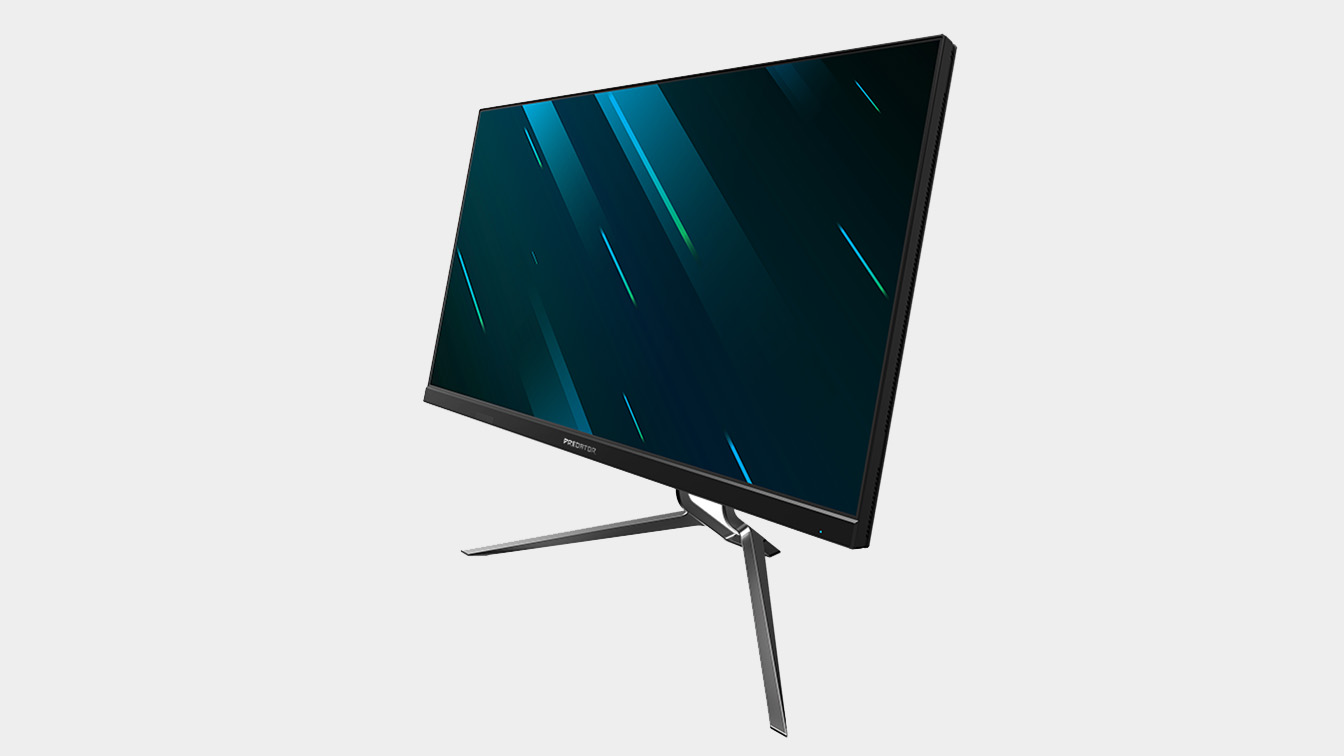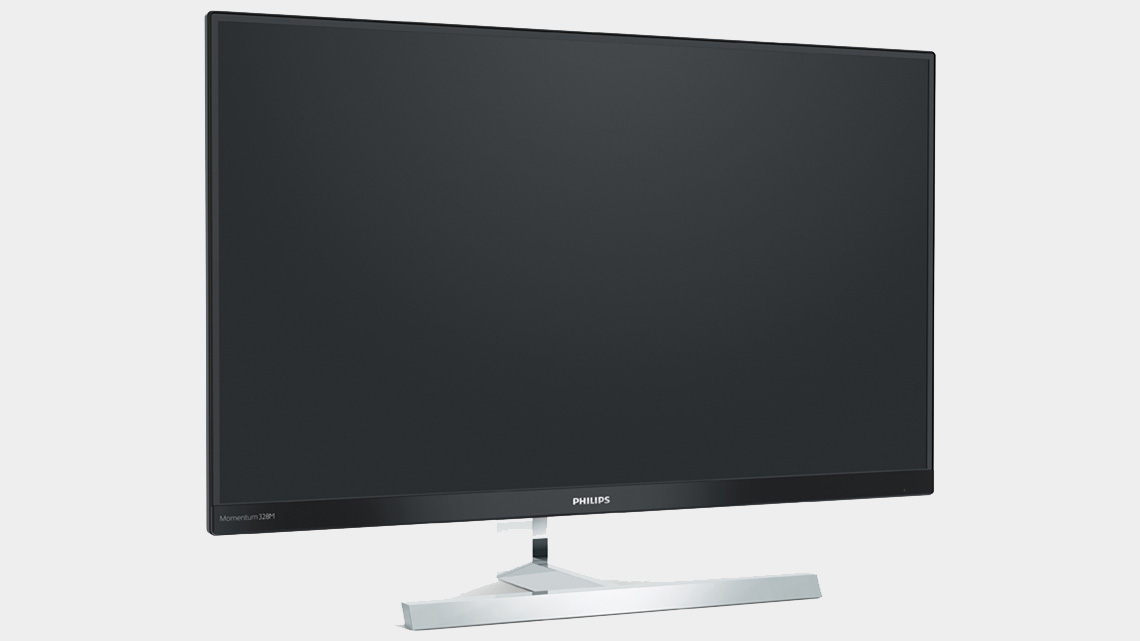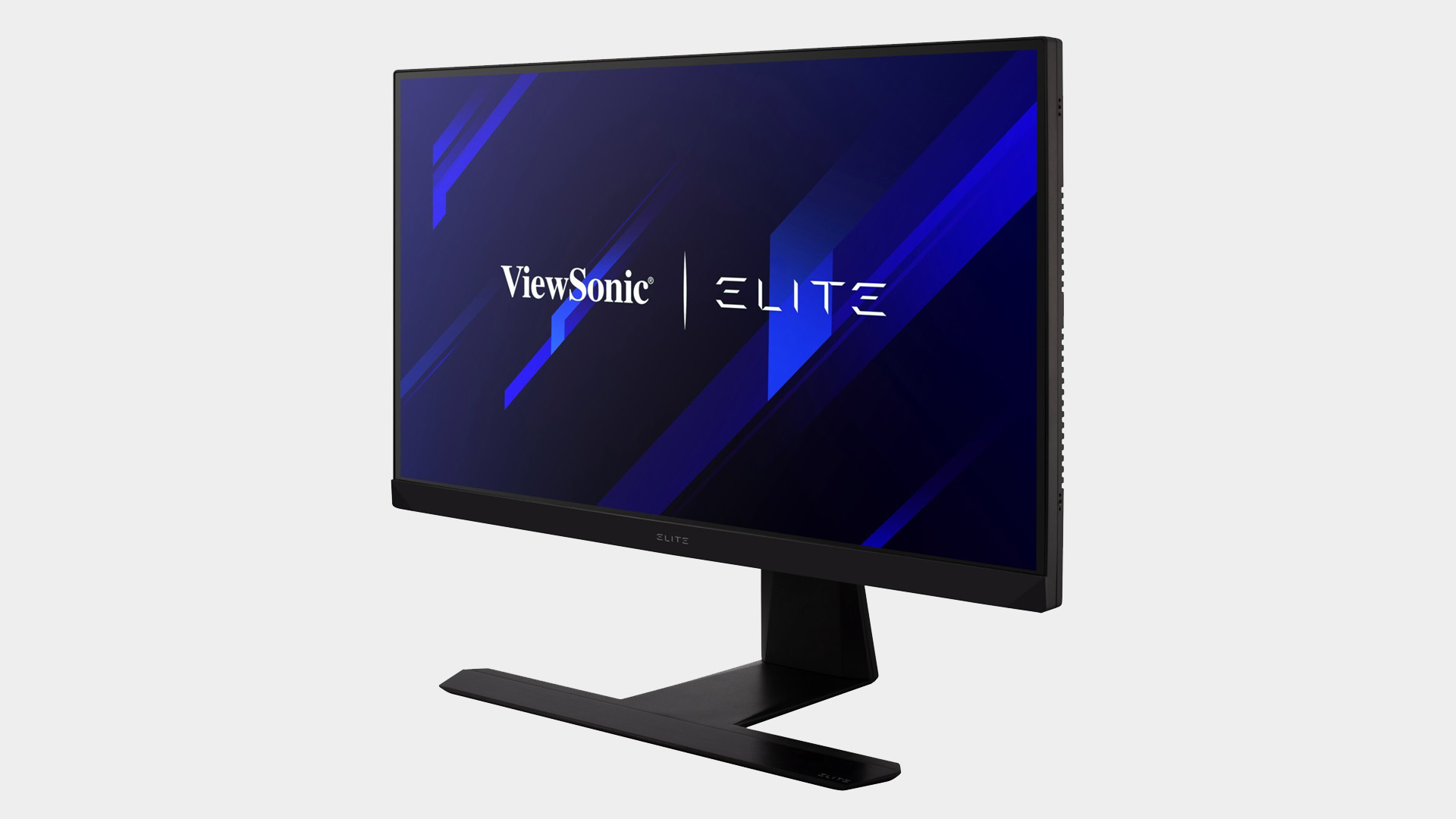The Xbox Series X and PS5 are breeding a new wave of affordable 32-inch 4K 144Hz gaming monitors
Next gen consoles set to drive 4K high refresh pricing down

Next gen consoles aren't just kickstarting a new interest in solid state storage, they're also responsible for a new wave of affordable, high-spec gaming monitors. That's great news if you want high-refresh 4K action, but don’t fancy paying an absolute fortune.

Best CPU for gaming: the top chips from Intel and AMD
Best graphics card: your perfect pixel-pusher awaits
Best SSD for gaming: get into the game ahead of the rest
Monitors from Viewsonic, Acer, and Philips are among a new generation of displays to bring 4K high refresh to the 32-inch form factor. The really exciting bit is that the new models, including the Philips Momentum 328M1R, Acer Predator XB323QK, and Viewsonic Elite XG320U, are expected to be very competitively priced compared to existing 27-inch 4K high refresh monitors.
Until recently, the high-refresh 4K monitor market was populated largely by 27-inch models, such as the LG UltraGear 27GN950. So far, prices have tended to be pretty painful, especially given the relatively modest overall proportions of a 27-inch monitor. £1,000 / $1,000 for a 27-inch monitor, even a really nice one, is hard to stomach. However, the arrival of the Xbox Series X and Sony PS5, complete with support for 4K and 120Hz refresh, is driving the introduction of a new wave of 32-inch 4K monitors with high refresh support.
What’s more, because the console gaming market is generally less lofty when it comes to pricing than gaming PCs, we’re expecting these screens to be relatively affordable. That said, it’s the console connection that has slowed the arrival of these screens and indeed pushed their retail availability out to early next year. That’s because 4K@120Hz support for consoles requires the very latest HDMI 2.1 interface. For PC, you also have the option of DisplayPort 1.4.
With none of these screens available to buy quite yet, some of the details remain sketchy. But here’s what we know so far. We’ll kick off with the Philips Momentum 328M1R because that’s the screen with the clearest indication of pricing. It's due out early next year with an anticipated price of €599, likely to translate into similar figures in $ and £. It’s a 32-inch 4K model aimed squarely at the new consoles. It runs a native 4K resolution and tops out at 120Hz.
The better to hook up to those new consoles, the 328M1R comes complete with three HDMI 2.1 ports. But a DisplayPort 1.4 socket is also included, which widens the range of compatible GPUs for running at 4K and 120Hz. Currently, only Nvidia’s new RTX 30 series and AMD’s RX 6000 series graphics cards support HDMI 2.1. However, DisplayPort 1.4 is supported by older generation GPUs, including the Nvidia GTX 10 series.

Other highlights for the Philips Momentum 328M1R include VESA DisplayHDR 600 certification, so colour fidelity should be good and at least an element of local dimming will be included, plus a claimed latency of just 4ms. The one possible snag? It runs a VA panel, which can be problematical when it comes to pixel response. That’s not always the case, as the Samsung G7 proves. It’s VA but very quick indeed.
The biggest gaming news, reviews and hardware deals
Keep up to date with the most important stories and the best deals, as picked by the PC Gamer team.
As for the Acer Predator XB323QK and Viewsonic Elite XG320U, they take the 4K 32-inch formula and bump it up slightly to 144Hz while using an IPS panel. That’s a very exciting combination. Currently, we don’t have pricing for those models, which are slightly more PC centric and so may well be more expensive than the impressively affordable Philips.

But both are expected to support HDMI 2.1 and DisplayPort 1.4, so offer full flexibility when it comes to PC or console connectivity. The Viewsonic is DisplayHDR 600 certified, while the Acer is limited to DisplayHDR 400 certification. That more limited HDR support should translate into lower pricing, however, so the Acer may turn out to be the pick of this trio.
Again, we’re expecting to see both of these screens early next year and indeed a number of similar models from other brands, the arrival of which should make for a competitive market place and hopefully lower pricing. Whatever, larger and more affordable 4K displays with high refresh support have been a long time coming. But as is often the case, the PC looks likely to benefit from the arrival of a new generation of consoles.
With the consoles themselves coming in around the $500 / £500, spending double that on a 4K monitor won’t be a goer for most gamers. So we’re expecting the consoles to drive lower prices generally, starting with these 32-inch beasts. Granted, these aren't going to be properly cheap monitors, but they should push pricing below what we've seen for similar 27-inch screens. Here’s hoping!

Jeremy has been writing about technology and PCs since the 90nm Netburst era (Google it!) and enjoys nothing more than a serious dissertation on the finer points of monitor input lag and overshoot followed by a forensic examination of advanced lithography. Or maybe he just likes machines that go “ping!” He also has a thing for tennis and cars.

